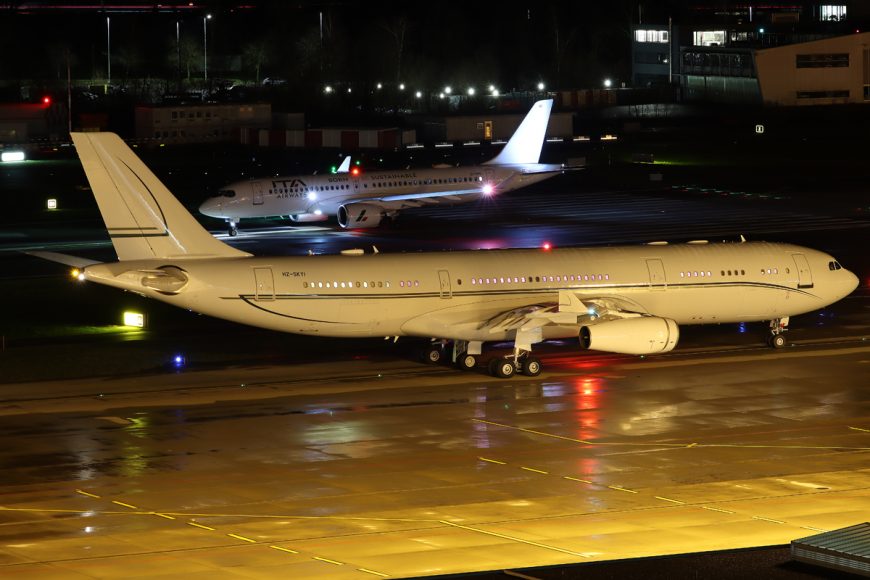The World Economic Forum, the annual get together for the world’s ‘movers and shakers’, returned to its familiar January slot in Davos, Switzerland, this year after being forced to switch to May last year due to Covid restrictions. As usual, delegates were gathered up from a raft of nearby airports and then transported to Europe’s highest town. According to WingX data analysis covering Zurich, Samedan, Dubendorf and Altenrhein airports, overall bizjet arrivals were 10% lower on the day prior and opening day compared to 2019. From the perspective of the many seasoned ‘WEF watchers’, it was clear that both VistaJet and NetJets made up an ever-growing proportion of movements.
In the wake of recent protests at European bizav facilities, Greenpeace produced a report highlighting the negative environmental impact of bizjets bringing delegates to the WEF. In response, industry champions including the NBAA, EBAA and NATA countered the report’s methodology and dismissed the high number of additional flights that it cited around the WEF. They also pointed to organisers’ efforts towards the use of sustainable fuels in partnership with FBOs in airports used by WEF traffic.
